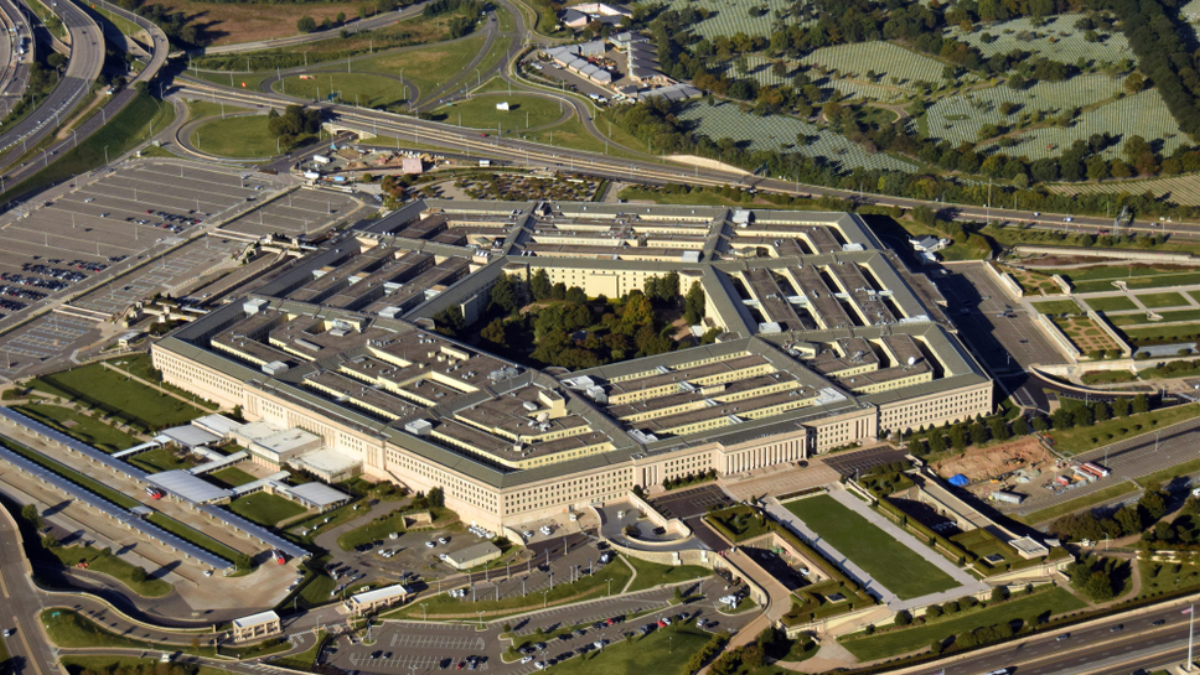A significant and alarming development within the Pentagon’s cybersecurity infrastructure has unfolded, as nearly the entire staff of the Defense Digital Service (DDS) has resigned.
This mass resignation, effective by the end of April 2025, leaves the U.S. Department of Defense at an increased risk of cyberattacks, jeopardizing national security at a time when digital threats are becoming more sophisticated and prevalent.
The DDS was founded in 2015 to bring cutting-edge technology and innovative solutions to the Pentagon, drawing talent from Silicon Valley and beyond. The team has been instrumental in responding to complex national security challenges, including crisis management during the Afghanistan withdrawal and helping the U.S. military streamline logistics and operational efficiencies.
However, the resignations of this highly skilled team have raised serious questions about the future of U.S. cyber defense capabilities.
Why the DDS Resigned: Tensions Within the Pentagon
The resignations come after growing tensions between the DDS team and leadership within the Department of Defense, particularly after the formation of the Department of Government Efficiency (DOGE) in 2024. DOGE, under new leadership, has focused on restructuring and reducing costs, which has led to a significant reduction in resources allocated to the DDS.
According to multiple sources, DDS members felt marginalized and unsupported by this shift, which led to their decision to resign en masse.
Furthermore, many members of the DDS cited frustration with the lack of recognition for their achievements and a lack of support from the newly established DOGE leadership.
This shift in priorities and resources has put the Pentagon’s technological prowess and cybersecurity capabilities under immense strain.
What This Means for U.S. Cybersecurity
The timing of this mass resignation could not be worse for U.S. cybersecurity. At a time when cyberattacks from foreign adversaries, including state-sponsored hacking groups, are on the rise, the U.S. government faces a significant gap in its cybersecurity defenses.
The Pentagon has long been seen as a leader in global cybersecurity, but the departure of this specialized team threatens to leave the U.S. vulnerable to cyber threats.
A report from November 2024 revealed that nearly 30,000 cybersecurity positions remain unfilled across federal agencies, including critical roles at the Department of Defense.
This shortage has only exacerbated the current crisis, as the lack of skilled personnel hampers the ability to respond to the increasing frequency and sophistication of cyberattacks targeting the U.S.
As part of the resignation, the DDS team also underscored the need for greater collaboration and faster decision-making within the Pentagon to address these cybersecurity challenges.
Their departure has left a void that will be difficult to fill in the short term, leaving national security experts concerned about the immediate future of the Pentagon’s defense technology efforts.

Broader Implications for U.S. Federal Cybersecurity
The resignation of the DDS team is not an isolated incident. Other federal agencies, such as the Cybersecurity and Infrastructure Security Agency (CISA), have also seen significant workforce reductions in recent years.
CISA, the agency responsible for protecting the nation’s critical infrastructure from cyber threats, has lost hundreds of staff members due to budget cuts and challenges in recruitment and retention.
These widespread departures are part of a larger trend in which key federal cybersecurity positions are going unfilled or being vacated at an alarming rate.
In 2024 alone, CISA reported a vacancy rate of nearly 25%, with many cybersecurity experts warning that this shortage could cripple the U.S. government’s ability to defend itself from increasingly complex cyber threats.
While CISA has ramped up recruitment efforts, including offering remote work options and partnerships with private tech firms, experts argue that these strategies may not be enough to fill the gap created by these ongoing departures.
The loss of the DDS is a stark reminder that national security cannot be taken for granted, especially when the threat of cyberattacks is ever-present.
The Pentagon’s Response and Future Strategies
In light of these developments, the Pentagon has promised to take swift action to address the crisis. According to Pentagon officials, a comprehensive review of its cybersecurity workforce strategy is already underway.
This review will focus on recruitment, retention, and the development of new talent pipelines to ensure that the U.S. military remains at the forefront of cybersecurity innovation.
To prevent further resignations and departures, the Pentagon is considering offering more competitive compensation packages for cybersecurity professionals, as well as expanding its partnership with private tech companies and universities.
Additionally, efforts are being made to streamline decision-making processes to avoid the inefficiencies that led to the DDS resignations in the first place.
However, the true effectiveness of these measures will depend on their implementation. Experts remain skeptical that the Pentagon will be able to quickly rebuild the expertise and capacity that has been lost with the DDS resignations, particularly given the growing global cyber threat landscape.
Conclusion: A Call for Urgent Action
The mass resignation of the Pentagon’s digital defense team represents a critical moment in U.S. cybersecurity policy. As cyberattacks grow more sophisticated and widespread, the loss of this key team puts the U.S. at risk of falling behind in the race for digital dominance and national security.
The Pentagon must act quickly to address these challenges, not only by filling the vacancies left by the DDS but also by rethinking its approach to cybersecurity and digital defense.
With the threat of cyberattacks only increasing, the U.S. government must prioritize its technological defenses and ensure that its cybersecurity workforce is equipped to handle the complex challenges ahead.
For more on the U.S. government’s cybersecurity workforce challenges, visit Defense One.
Disclaimer – Our team has carefully fact-checked this article to make sure it’s accurate and free from any misinformation. We’re dedicated to keeping our content honest and reliable for our readers.
